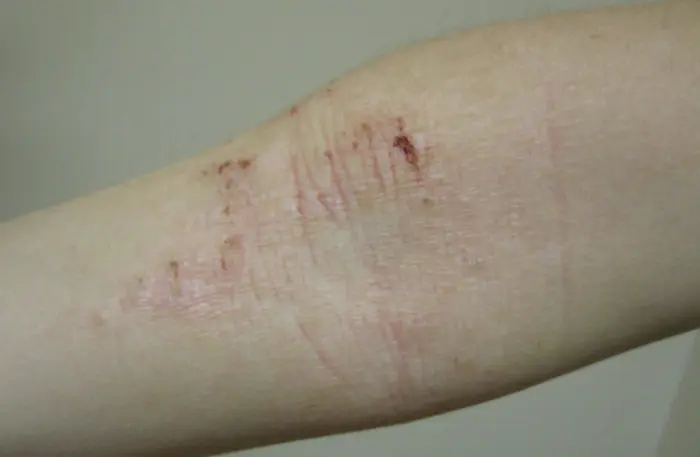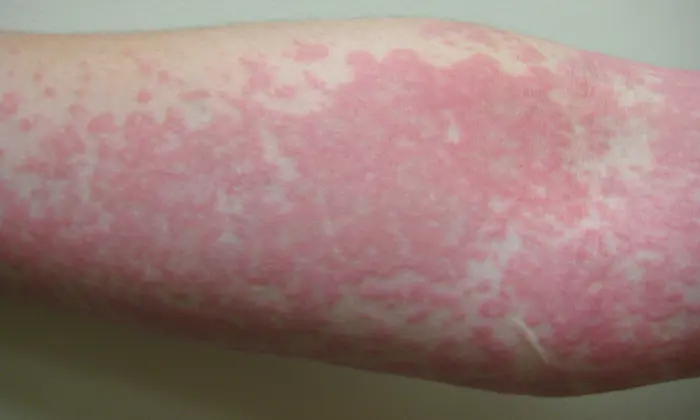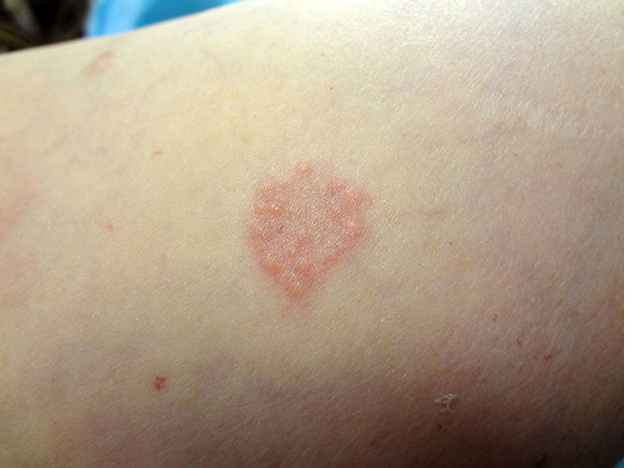Prurigo
Skin Conditions
Prurigo is a term used to describe extremely itchy bumps. Pruigo is itching associated with visible lesions, as opposed to pruritus which many not be linked to a lesion. It is often a symptom of another disease such as lichen simplex chronicus, atopic eczema, iron deficiency, renal failure, thyroid diseases, and HIV, but can also be classified as a separate disease in many cases. There are many forms of prurigo.
Prurigo
Skin Conditions
Prurigo is a term used to describe extremely itchy bumps. Pruigo is itching associated with visible lesions, as opposed to pruritus which many not be linked to a lesion. It is often a symptom of another disease such as lichen simplex chronicus, atopic eczema, iron deficiency, renal failure, thyroid diseases, and HIV, but can also be classified as a separate disease in many cases. There are many forms of prurigo.
Where does Prurigo Appear?
Prurigo simplex appears as a symmetrical rash, mostly concentrated on the extremities. Its cause is unknown and treatment is difficult. Prurigo nodularis is very similar and occurs when the lesions associated with prurigo appear as large and rough nodules, often appearing around hair follicles. Prurigo gestationis (Besnier prurigo) occurs during pregnancy for unknown reasons. Actinic prurigo occurs in response to sun exposure and is a chronic disease that grows worse in spring and summer months and in high altitudes as UV exposure increases. Prurigo pigmentosa results in the appearance of hyperpigmentation in a net-like pattern following resolution of the outbreak. No matter which type, however, the chronic itching can lead to repetitive scratching, which can in turn cause scarring, hyperpigmentation, open wounds, infection, and more itching.
Most cases of prurigo are chronic and difficult to treat. There is no cure, so most treatment focuses on relieving symptoms. The most important step to any treatment plan, however, is to stop scratching these lesions. This can be extremely difficult as these lesions are intensely itchy. Topical, oral, and injectable corticosteroids can be used to relieve itching and simply keeping the lesions covered can help break the habit. Light treatment, cryotherapy, thalidomide, vitamin D-3 ointment, and capsaicin cream may also be utilized. If you are experiencing symptoms of prurigo contact your dermatologist for evaluation and treatment.


















